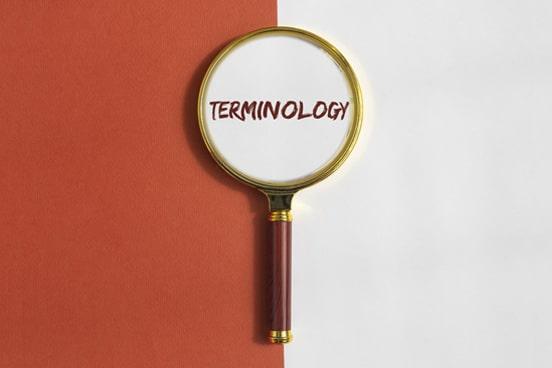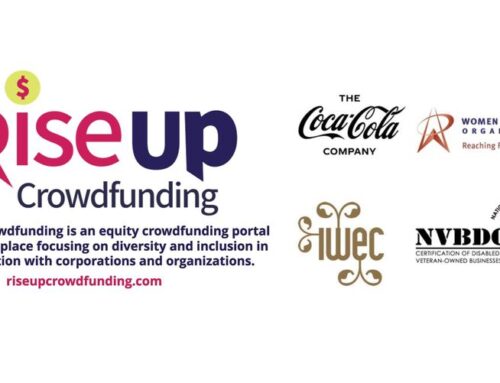Communicating effectively across different languages and cultures requires accurate, consistent translation that reflects an organization’s brand voice.
by Eriksen Translations
This is where terminology management comes in – it helps ensure your language is used consistently and correctly across all communication channels. In this article, we discuss the value of terminology management and examine some key tools that help improve overall translation quality while boosting efficiency.
what is terminology management and why does it matter?
Effective terminology management establishes a standardized, efficient, and sustainable process for managing specialized terms, preferred translations, and stylistic guidelines. By ensuring that language assets are applied consistently across translated materials, organizations can improve the clarity and effectiveness of their communications, increase efficiency in translation and localization workflows, reduce the risk of errors and inconsistencies, and enhance the overall quality of their content.
Below, we look at some key tools: multilingual glossaries and translation memory.
multilingual glossaries
A multilingual glossary – also called a terminology database, term base, or lexicon – is a list of terms and their corresponding translations in the target language(s). Glossaries maintain consistency in the terminology used across all translated content, enabling translators to use the pre-established terms correctly and consistently each time they appear in the text.
Certain key elements should be included in a comprehensive multilingual glossary. These include:
- Terms unique to the organization, such as brand-specific terminology, slogans, and abbreviations.
- Industry-specific terms, particularly when words have potential synonyms. (For example, the terms “smartphone” and “mobile device” may be interchangeable, and “e-learning” may also be referred to as “distance learning.” A glossary should note the preferred term.)
- Terms that are not to be translated, such as company names, taglines, and/or product names.
A thorough glossary includes customized fields such as definitions, context, date of entry, name of reviewer, etc. It is especially helpful to translators to see examples of how a term is used in context.


